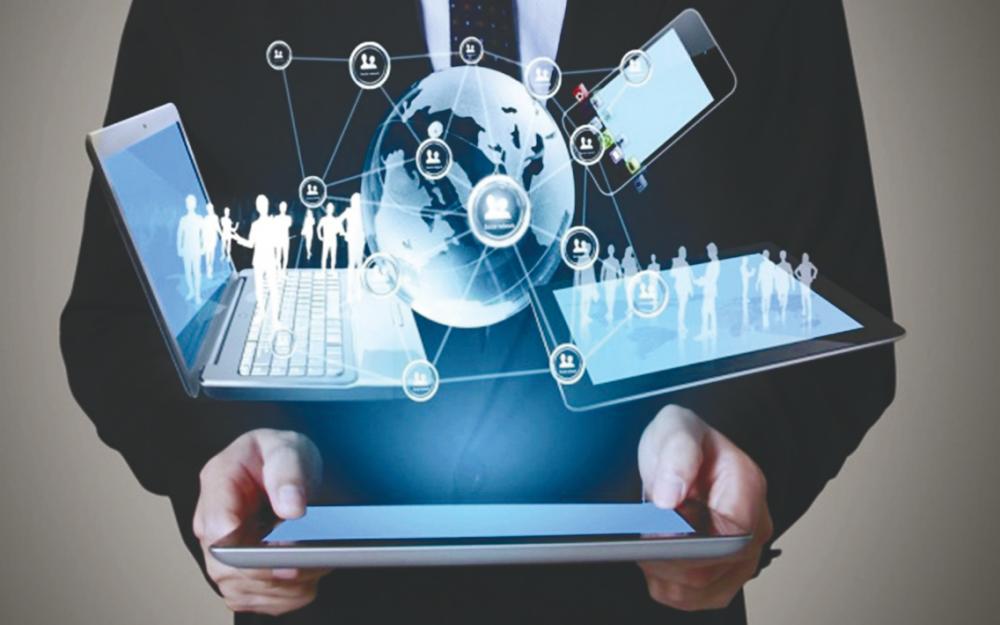In the modern age, information technology, often abbreviated as IT, is the invisible force that powers our digital world. It’s the backbone of every facet of our lives, from the devices we use to the services we depend on. In this article, we’ll explore the multifaceted significance of information technology and how it’s reshaping our society.
The Pillars of Information Technology
Information technology encompasses a vast spectrum of tools, systems, and processes that manage and transmit data. These pillars include:
Hardware:
1. Computers: PCs, laptops, servers, and mobile devices are at the core of IT, serving as the physical means to process and store information.
2. Networking Equipment: Routers, switches, and cables form the infrastructure that connects devices and enables data transfer.
3. Storage Devices: Hard drives, SSDs, and cloud storage solutions store vast amounts of digital information.
4. Peripherals: Keyboards, mice, monitors, and printers provide interfaces for users to interact with computers.
Software:
1. Operating Systems: These serve as the foundation for running applications and managing hardware resources.
2. Applications: Software applications, ranging from word processors to complex databases, enable users to perform specific tasks.
3. Programming Languages: These tools allow software developers to create custom applications and solutions.
4. Security Software: Antivirus programs, firewalls, and encryption tools protect data from cyber threats.
Networks:
1. Internet: The global network connecting billions of devices and providing access to information worldwide.
2. Intranets: Private networks used by organizations to share data and resources within their boundaries.
3. Wireless Networks: Wi-Fi and cellular networks enable mobile connectivity and IoT (Internet of Things) devices.
Transforming Society and Business
The influence of information technology is profound and far-reaching. It has revolutionized how we live, work, and communicate:
1. Communication:
Information technology has made the world a smaller place. We can connect with people globally in real-time, bridging geographical divides.
2. Business:
Businesses of all sizes leverage IT to streamline operations, enhance productivity, and reach wider audiences. E-commerce, cloud computing, and big data analysis are just a few examples.
3. Education:
Information technology has transformed education, offering online learning platforms, interactive resources, and remote learning opportunities.
4. Healthcare:
Electronic health records, telemedicine, and medical devices are examples of how IT has revolutionized the healthcare industry.
5. Entertainment:
IT powers the entertainment industry, from streaming platforms to video games and virtual reality experiences.
6. Research and Development:
Cutting-edge research depends on powerful IT systems for data analysis, simulations, and modeling.
Addressing Challenges
While information technology offers immense benefits, it also brings challenges such as cybersecurity threats, privacy concerns, and digital divides. The responsible and ethical use of IT is crucial to mitigate these challenges.
In conclusion, information technology is the engine driving the digital revolution. It has become inseparable from our daily lives and is a catalyst for innovation and progress across industries. Embracing the potential of IT while addressing its challenges is key to navigating the dynamic and ever-evolving digital landscape. As technology continues to evolve, information technology will remain at the forefront, shaping the future and propelling society toward new horizons.


